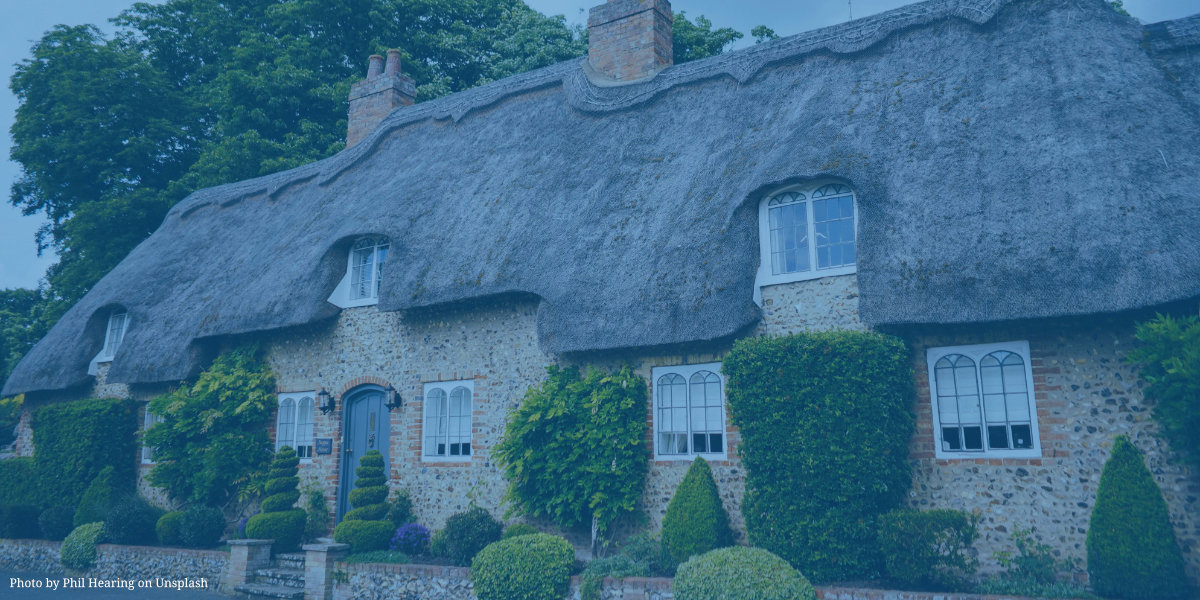Many queries we deal with at WillPack concern tax. Often, we are asked what can be done when drafting the Will to mitigate tax. This article will deal with the issue of tax from a slightly different perspective, setting out the tax consequences of a Property Protection Trust (PPT) once the testator has died and the trust has been set up.
Inheritance Tax
For inheritance tax (IHT) purposes, the life tenant of the trust is treated as inheriting the trust property on the testator’s death. In the usual case of the life tenant being the deceased’s surviving spouse or civil partner the spousal exemption would apply and delay any IHT until the life tenant’s death.
When the life tenant dies, everything in the PPT will be revalued and included in their estate for the purposes of working out their IHT liability.
During the life tenant’s life there will be no ongoing IHT charges.
Should the PPT end earlier than death, for example if it ends on the future remarried of the life tenant, the distribution to the remainder beneficiaries would be seen as a potentially exempt transfer from the life tenant’s estate.
In the majority of cases where the PPTs are used between married couples or civil partners, RNRB will be available when the life tenant dies as long as the beneficiaries are children or other descendants.
Capital Gains Tax
There will be no capital gains tax (CGT) payable on the testator’s death. The trustees would acquire the testator’s share in the property at the value at the time of death. There will also be no CGT payable on the life tenant’s death and the beneficiaries would acquire the trustees’ share in the property at the value at the time of the life tenant’s death.
CGT would need to be considered if the property is sold between the testator’s death and the life tenant’s death.
In the majority of cases, a PPT will cover the testator’s and the life tenant’s main residence. This will allow the private residence relief for CGT to apply and ensure that no CGT will be payable if the property is sold, e.g. to downsize.
If a PPT holds a property that is not the main residence, the private residence relief will not apply, and CGT will be payable if the property has increased in value.
If a PPT ends earlier than death, the transfer to the remainder beneficiaries would be a disposal for CGT purposes and there may be CGT due here. There may however be holdover relief available on this disposition.
If there is a gain between the value that the trustees acquired assets and the value at the time of a disposal, the gain would be taxed at the following rates:
- 28% on residential property
- 20% on other assets
The trustees would also have an annual exemption for gains up to £6000.
Stamp Duty Land Tax
There will be no Stamp Duty Land Tax (SDLT) payable on either first death or second death. There would also be no SDLT if the trust ends earlier than death. The only time that SDLT would also not be payable is if a new property is bought.
If the property is sold, there may be SDLT payable however the liability for SDLT is on the purchaser. The only time the trust would need to pay SDLT is if the trust purchases a property.
If the trust is to purchase a new main residence for the life tenant, there would be SDLT payable if the property is over the value of £125,000. If the property being purchased will not be the life tenant’s main residence and they own more than one property, there would always be SDLT payable. The exact rate of SDLT will vary depending on the value of the property.
Income Tax
In the majority of cases where the property is the life tenant’s main residence, the trust won’t be creating any income and there won’t be any income tax payable. However if the property ever starts being rented, cash is released due to downsizing or if the property is not the life tenant’s main residence the trust would produce an income and income tax would become a concern.
The life tenant is entitled to all income of the trust and is generally taxed on the basis that it belongs to the life tenant. The process for this will depend on whether the trustees receive the income and then pay it to the life tenant for whether they mandate the income so that the life tenant receives it directly.
If income is paid to the trustees, they must pay income tax on the following rates:
- Dividend-type income at 7.5%; and
- All other income at 20%
If income is mandated so that the life tenant receives it directly, the life tenant would need to declare this on their own tax return.
Photo by Phil Hearing on Unsplash.


 © Trust Wills & Probate Limited t/a WillPack. All rights reserved.
© Trust Wills & Probate Limited t/a WillPack. All rights reserved.
You must be logged in to post a comment.